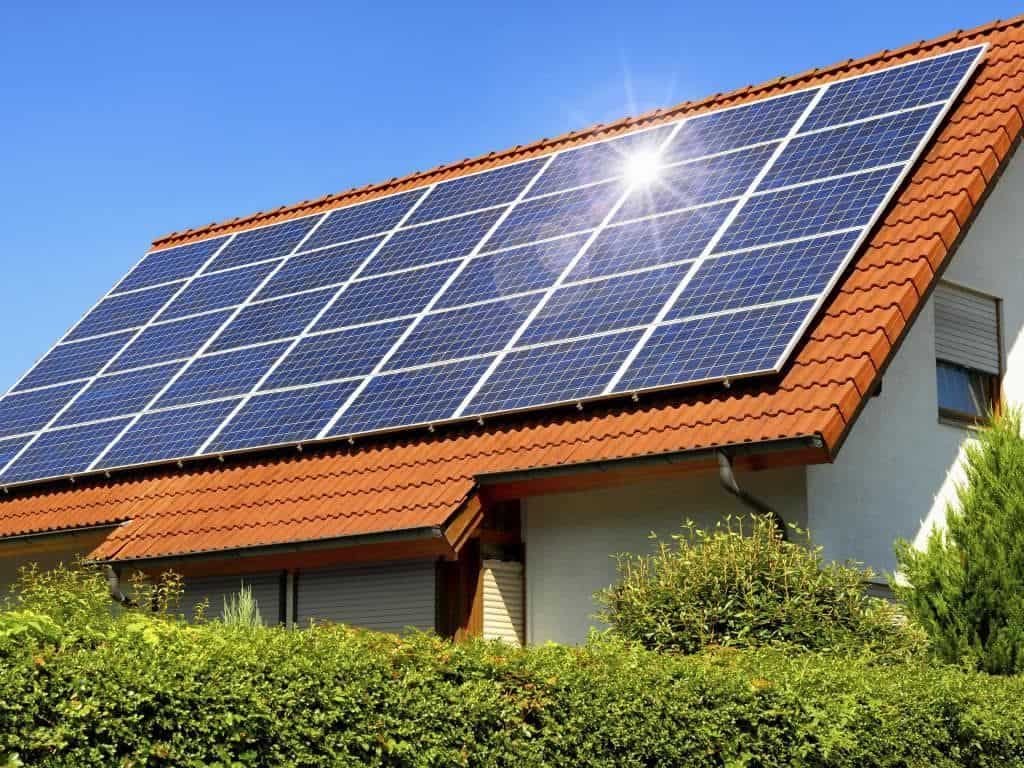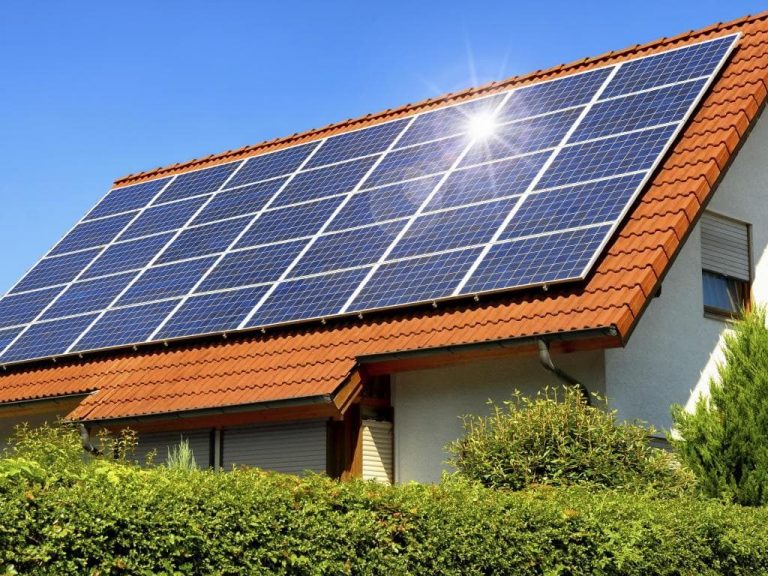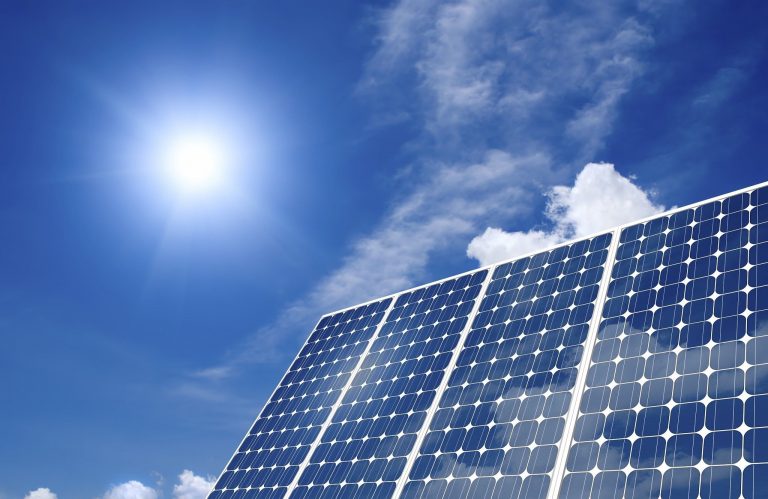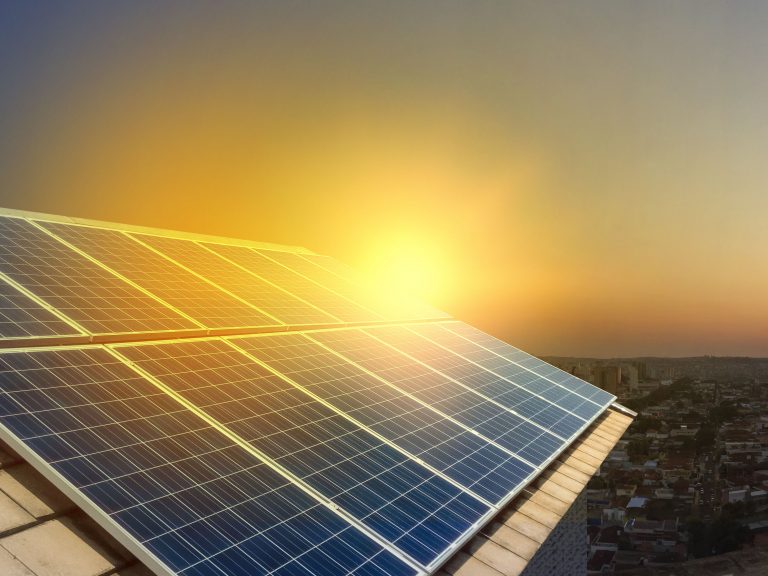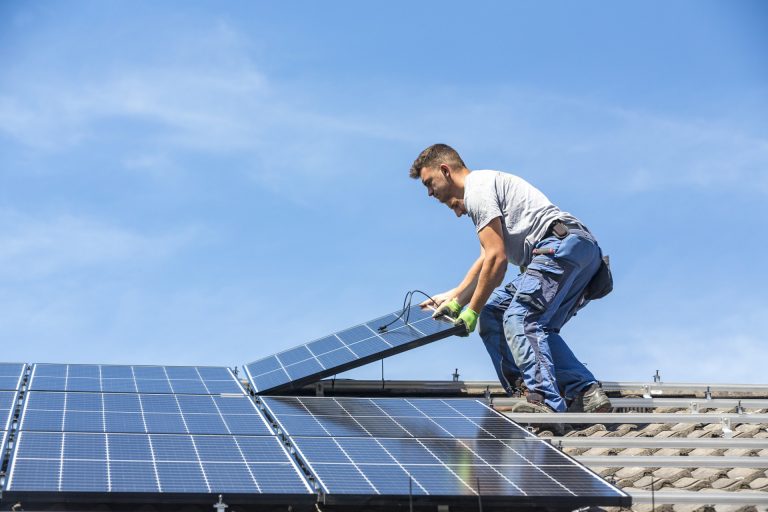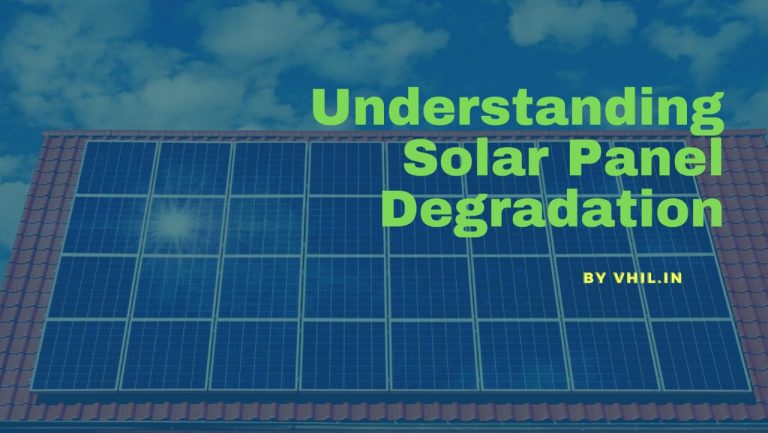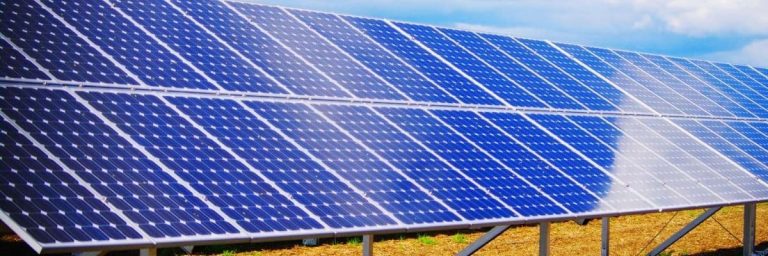The constructive economics of solar energy usage 101
The use of solar devices is a proven energy-efficient system. With growing population and energy needs, petroleum nears depletion. The world is sure to pivot to clean sources of energy. The best of them all is solar energy — which is a perpetual and easy-to-extract resource.
We’ll be making a detailed analysis of the economics behind the investments and solar energy usage in this ever-growing ecosystem for this piece. You would be able to assess if all that is money well-spent.
In our previous articles, we’ve discussed how feasible it is for a country like ours to tap into its solar potential. For more, read Why solar by 2030.
The trend of solar energy usage in India
India has gone on from making a meager 10 MW of solar energy to 39 GW in 2021. The government has plans to reach an ambitious target of 100 GW by the end of 2022. A good share of this target would comprise rooftop household usage. As India plans to move from depleting energy sources to an energy-surplus and energy-secure future, this can help provide the necessary impetus to steer the way.
How economical is it to invest in solar installations?
The obvious question for those willing to make investments in setting up solar plants is if it’s worth the dividends.
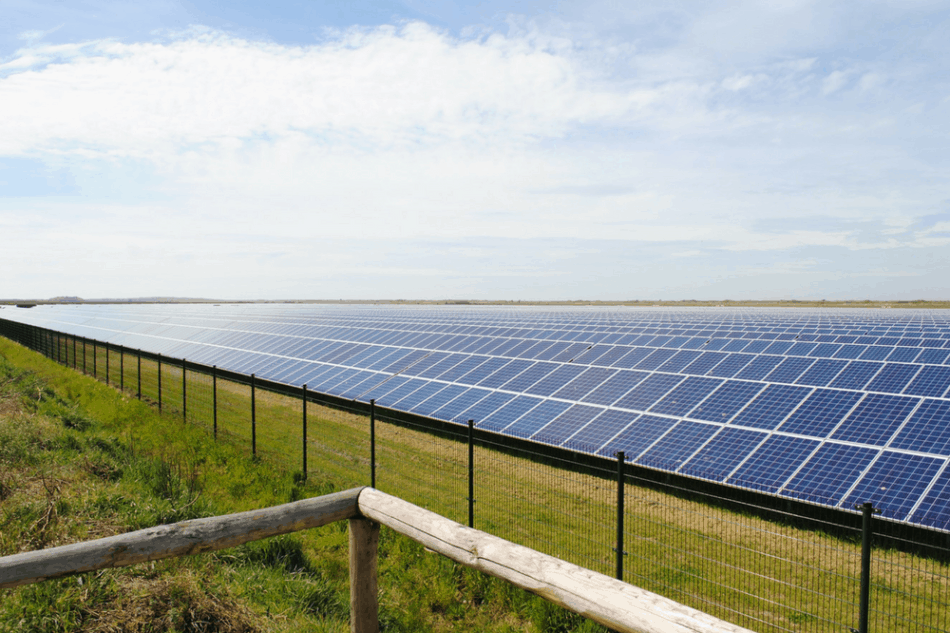
The cost of setting up a solar plant in India has gone down by 80% in the last decade — an unprecedented metric, according to a report by the International Renewable Energy Agency (IRENA). It is thus imperative that corporations tap into the potentials of a large consumer base.
The government is also pumping colossal amounts of money into several PLI schemes to encourage corporations to help generate solar energy. It has resulted in the availability of PV equipment in the Indian markets at competitive prices. As such, solar panels, inverters, and all other devices are being rapidly affordable to one and all, and solar energy usage is on the rise.
The cost factor for domestic solar energy usage
Today, the cost of solar energy has come down at INR 1.44/unit. Compare this to the overpriced INR 17/unit when the scheme to enrich India’s solar production came into effect back in 2010. There have since been duty exemptions in the production and usage of solar energy to help attract the Indian household to incorporate solar devices in great numbers.
To cut things short, here’s what all that means for you:
- India has been expanding its solar energy usage rapidly. With the growing ecosystem, prices have been in a state of free-fall since the last decade.
- India also has a low cost of living. It has a direct implication on the cost of manufacture. It is to say why the cost of solar equipment in India is available at drastically low prices compared to some other large countries. Even the international PV device manufacturers have to have localized rates to succeed in the Indian markets — so expect competitive prices.
- The government subsidies against the PV equipment have caused the cost per unit of solar power to be as low as INR 1.44/unit. It is now more economical for an Indian household than a coal-based generation, and solar energy usage has been on the rise.
- Several Indian players have stepped into making all sorts of solar devices. Expect the prices to be even more affordable and the devices readily available in the coming years.
- A complete set-up of a solar-based household grid — solar system, is a guarantee of energy surplus for at least two decades. Consider a regular inverter that’d run out of juice in 4 years. When buying PV equipment, you’re betting on an energy-secure future.
Bottom Line
Today, the cost per unit solar energy usage is 40% lower than that of the regular produce. Plus, it gives one energy security like nothing else. If all that doesn’t inspire people to go solar, we don’t know what will. VHIL is an indigenous initiative to empower the Indian household for the same clean and efficient energy system.
